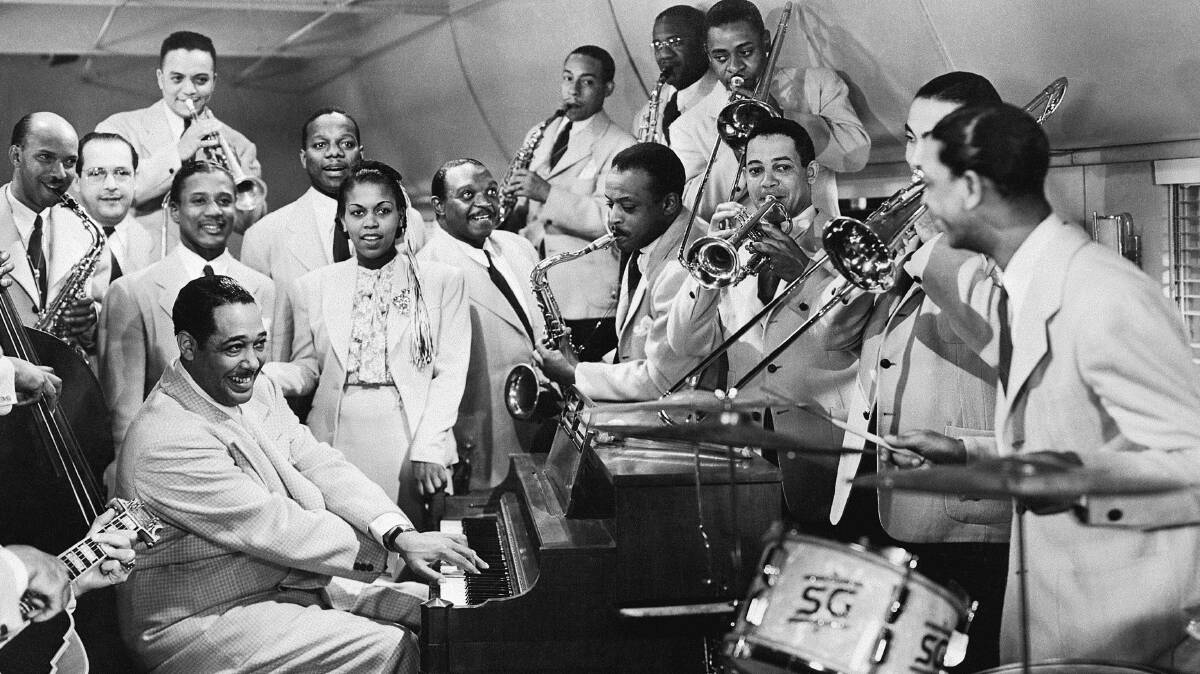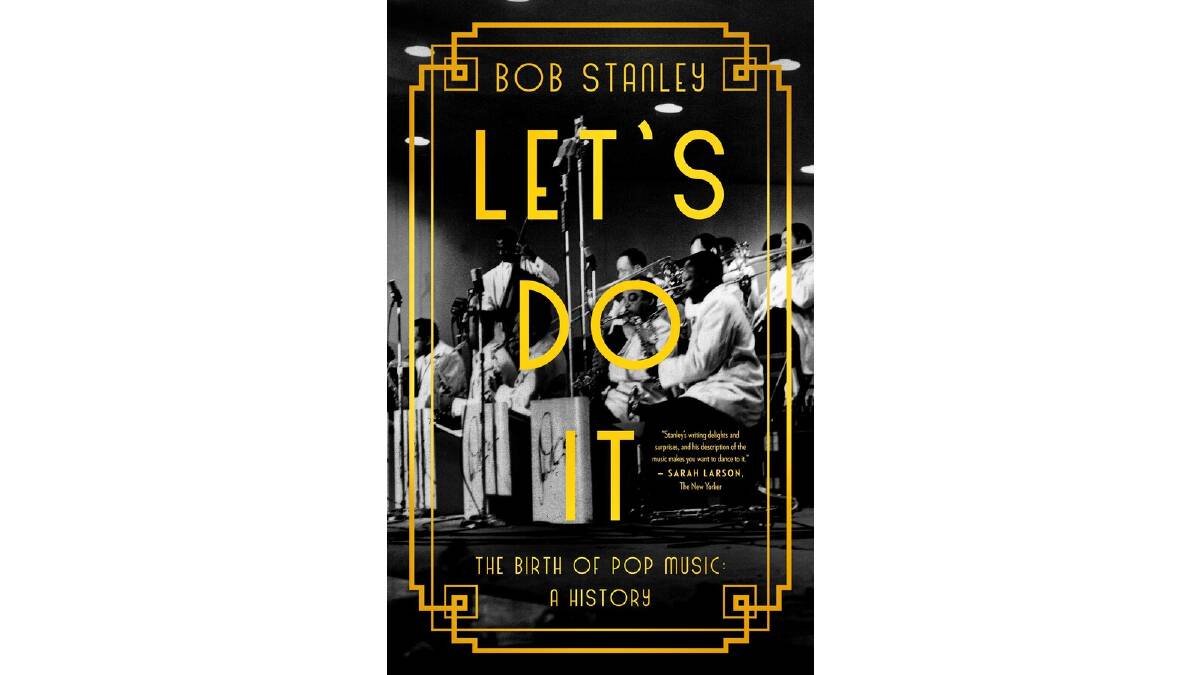
Let's Do It: The Birth of Pop by Bob Stanley. Faber. 624pp. $34.99.
British writer and musician Bob Stanley's 2013 critically acclaimed book, Yeah! Yeah! Yeah! : The Story of Pop Music from Bill Haley to Beyoncé, comprehensively covered the history of pop music from 1950 to the 2010s. In Let's Do It, he turns his attention to the Anglo-American pre-pop era.
Stanley hopes, in 52 chapters and over 600 pages, "to make sense of the different times, eras and genres" of ragtime, jazz, blues and swing. In 1901, an advert in The Stage magazine promised "all the latest Pop. Music" through a sheet music lending library. In the opening decades of the twentieth century ragtime "set the template for every successive pop boom".
The new music was looked down upon by many. In 1910, a New York Times article complained about the commercialisation of ragtime. Irving Berlin's 1911 "hybrid pop song", Alexander's Ragtime Band sold over a million sheet-music copies and subsequently had notable recordings from Bessie Smith, the Boswell Sisters and Al Jolson, whom Stanley describes as a blackface "bellowing ham", while recognising the reasons for Jolson's contemporary success.
The Original Dixieland Jazz Band, whom Stanley argues were "the first recognisably modern pop group", had had a hit in 1917 with the first 78 rpm jazz recording, Livery Stable Blues. As jazz exploded out of New Orleans, the 1920s were labelled the Jazz Age with the associated social freedoms. The decade also saw the emergence of the blues, especially through female singers such as Ma Rainey, Bessie Smith, and Ida Cox.

Stanley is insightful on the issues confronting female and Black performers. Segregation was legally enforced in many American states from the 1870s to the mid-1960s. Duke Ellington's band would appear before a totally white audience at Harlem's Cotton Club, a venue covered in "clichéd southern imagery, mixed with lurid eroticism".
Ellington stated that, "Jazz is music, swing is business" when swing became popular in the 1930s. Stanley brilliantly depicts the era of big bands such as Tommy Dorsey and Glenn Miller, the latter's brilliant music often looked down upon as being too commercial. After the Second World War, many of the bands' lead singers, such as Frank Sinatra, Peggy Lee, "pop's Mona Lisa", and Doris Day emerged as individual recording artists.
Apart from delivering an insightful and extremely readable music history, replete with numerous incisive biographies, Let's Do It: The Birth of Pop effectively reflects the dramatic impact of pop music on social and cultural change in the first half of the 20th century.

